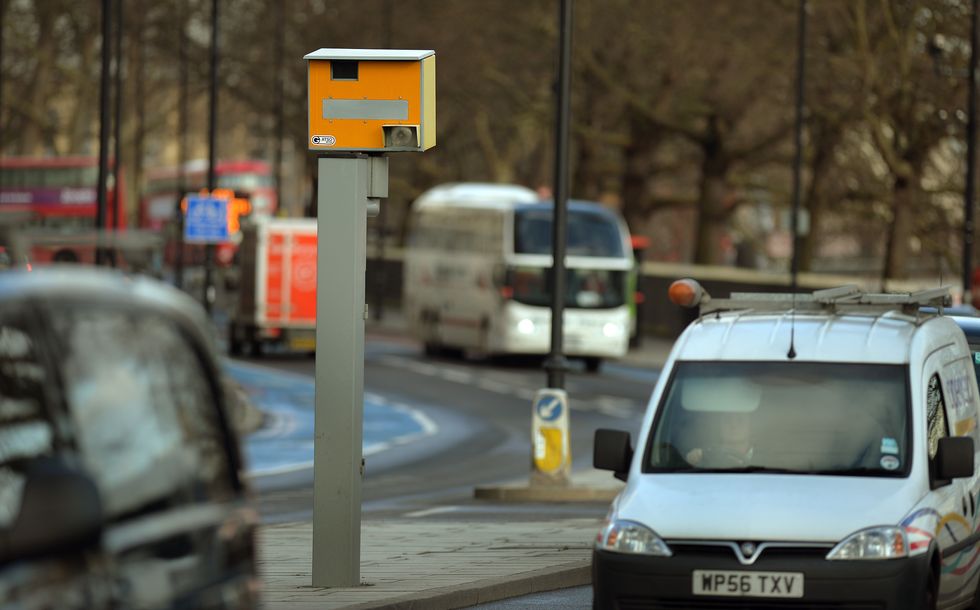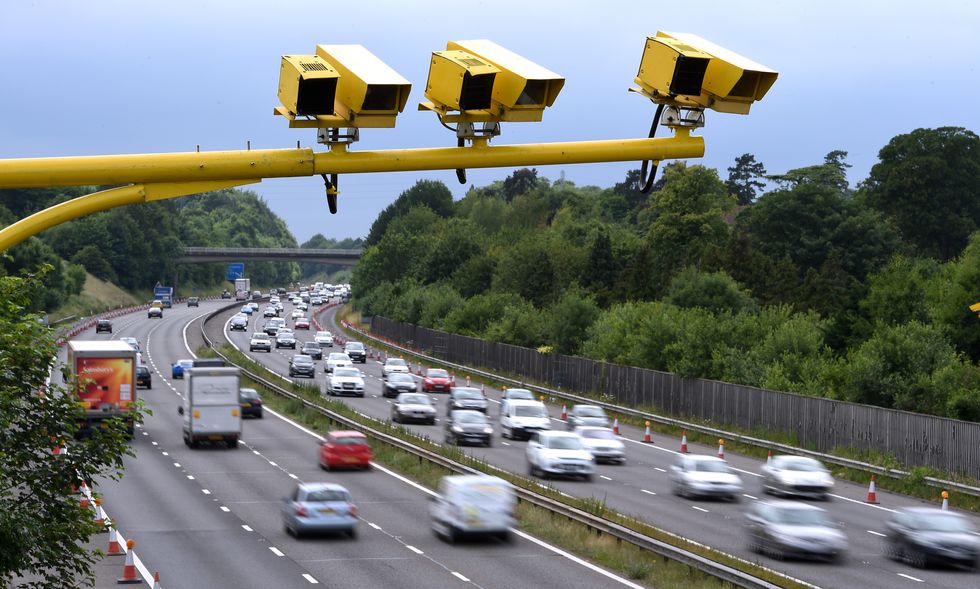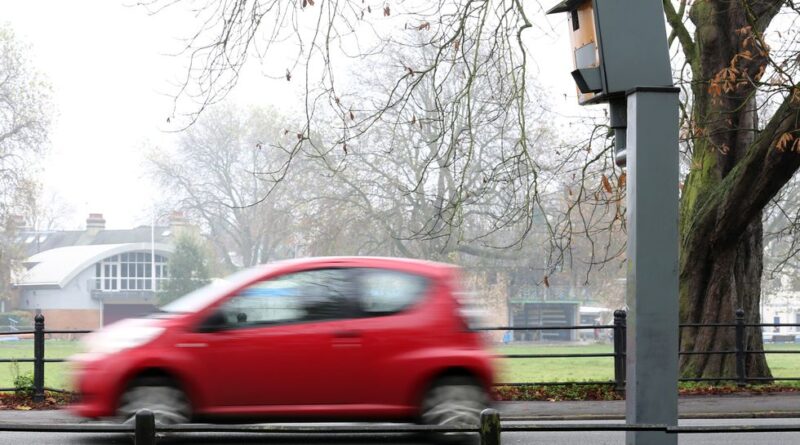Motorists warned of £100 penalty and court appearances for breaking major Highway Code rule

Thousands of drivers have been caught breaking a crucial Highway Code rule risking a £100 fine and penalty points.
The warning comes after Essex Police caught more than 1,800 motorists breaking speed limits across the county in just three months, revealing the scale of ongoing road safety violations.
Between July and September, Speed Enforcement Officers were deployed at 102 sites across Essex and identified thousands of rulebreakers, a sharp increase from the previous quarter when 1,599 offenders were identified.
The enforcement operations targeted known hotspots and focused on major routes including the A13, A12, A130 and M25.
Do you have a story you’d like to share? Get in touch by emailing motoring@gbnews.uk

These efforts form part of Essex Police’s commitment to Vision Zero, an ambitious initiative aimed at achieving zero road deaths by 2040 or sooner.
The enforcement team works alongside Community Speedwatch volunteers who monitor speeds in their local areas, helping to identify problem zones and educate drivers about the dangers of speeding.
Among the most serious violations, officers recorded a driver reaching 104mph on a 70mph road. In a particularly concerning incident, a motorist was caught driving at 72mph in a 30mph zone – more than double the legal limit.
“We’d encourage all drivers to adhere to the speed limits – they’re there for a reason,” Essex Police stated. Drivers caught speeding in the UK face a minimum penalty of £100 and three penalty points on their licence.
These penalties can escalate significantly for more serious offences, with fines potentially reaching £1,000 on regular roads. Motorway offences carry even steeper consequences, with fines of up to £2,500 possible.
It also breaches Highway Code Rule 124 which strictly prohibits exceeding maximum speed limits for both the road and vehicle type. Accumulating 12 or more penalty points within three years can result in driving disqualification.
In areas with street lights, a 30mph speed limit is generally in force unless otherwise specified. Drivers can check their licence record to monitor accumulated points, which is crucial for avoiding disqualification.
When caught speeding by camera, drivers receive a Notice of Intended Prosecution and Section 172 notice within 14 days of the offence. The Section 172 notice must be returned within 28 days, identifying who was driving the vehicle at the time.
Failing to respond to this notice could result in court proceedings. After returning the Section 172, drivers receive either a Fixed Penalty Notice or a court summons.
If stopped by police directly, officers can issue a verbal warning, give an FPN, or order a court appearance. Drivers receiving an FPN can plead guilty or not guilty.
Those pleading guilty must pay the £100 fine and accept three penalty points, though some may be offered the option to attend a speed awareness course. Speed awareness courses are available to eligible drivers who haven’t attended one in the previous three years.
New drivers face particularly strict consequences for speeding violations, with licences being revoked if they accumulate six or more points within two years of passing their test.
LATEST DEVELOPMENTS:
- Labour pledges to close ‘two tier’ electric vehicle charging gap to improve uptake
- Drivers to ditch petrol and diesel cars en masse as high fuel costs boost electric vehicle interest
- Motorists risk enormous fines if they drive too much as DVSA Enforcement issues warning to Britons

For all drivers pleading not guilty to speeding charges, court appearances are mandatory. The court can impose fines calculated as a percentage of the offender’s weekly income.
Drivers found guilty in court may face higher penalties than the standard £100 fine and three points. Additional sanctions can include driving disqualification or licence suspension.

